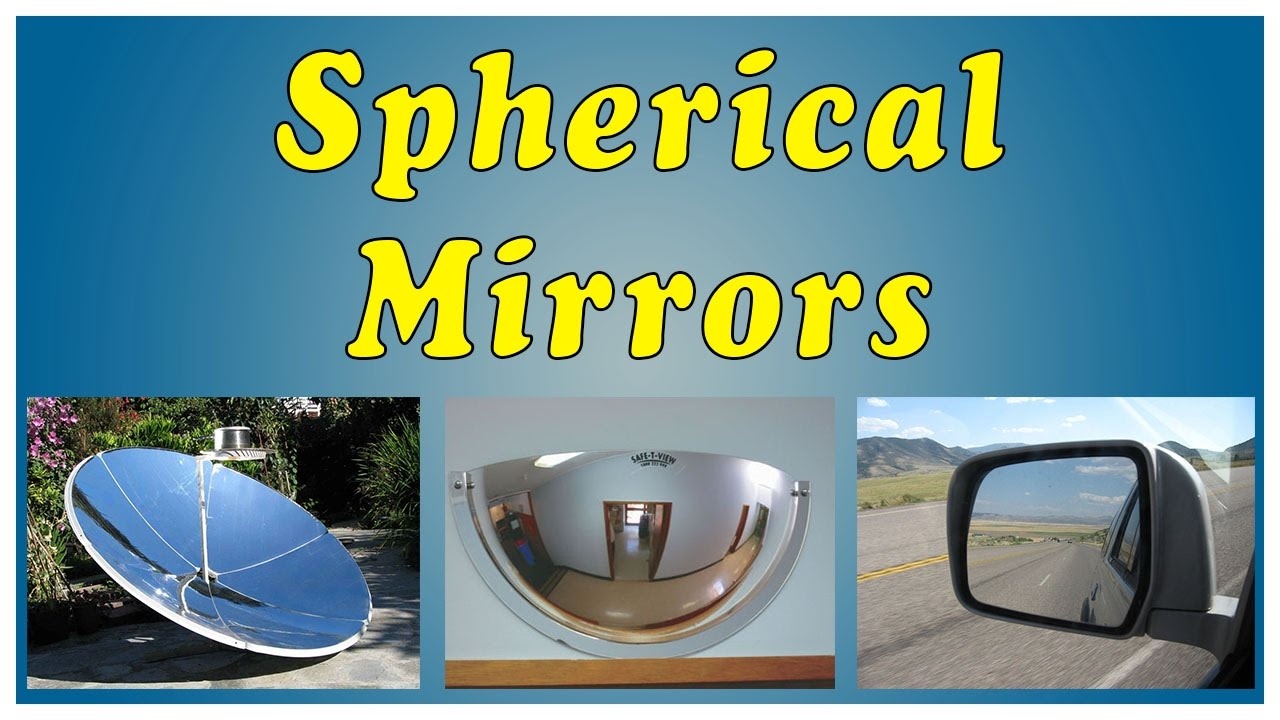The spherical mirrors are having the shape of a piece that is cut out of the spherical surface. The convex and concave mirrors are well-known examples of spherical mirrors. Makeup mirrors are the most common examples of concave mirrors. The term converging mirrors is also used for the concave mirror. These mirrors are known for the magnification of objects which are placed closer to them. Whereas, the common examples of convex mirrors are passenger side wing mirrors of vehicles. These mirrors offer a wider field of view than the flat equivalent mirrors. These convex mirrors are also known as diverging mirrors.

Terminologies Associated with Spherical Mirrors
For the concave mirror, the focal point is a specific point at which the parallel beam of light is focused after being reflected in the mirror. While, for the convex mirror, focal point is that point from where it appears that light is being originating, after reflection from the mirror. The center of the sphere at which the mirror is an arc is known as the center of curvature.
The radius of curvature is the linear distance between the center of curvature and pole. It is twice the focus. For the spherical mirror, the center of curvature is a point, in the center of the mirror that is passing through the curve of the mirror, and it has the same curvature and tangent at that point. The midpoint of the spherical mirror is known as a pole. The imaginary line that is passing through the center of curvature and optical center of any lens or the spherical mirror is known as the principal axis.

What is Image?
By the placement of the object in front of the mirror, the image of the object can be seen. The image that appears behind the mirror is known as the image. The object act as a source from which incident rays are occurring and the image is formed due to reflection of rays. The image formed in this way can be virtual or real. When there is the formation of the real image, then the light rays emitting from the object are intersecting each other after the reflection. The formation of real images is as inverted and possibly, they can be projected on the screen. The formation of a virtual image is when the light rays from the object do not intersect with each other after the reflection. Although apparently, they can intersect when their production is behind the mirror. The virtual images can never be projected on the screen and they are always erect.
